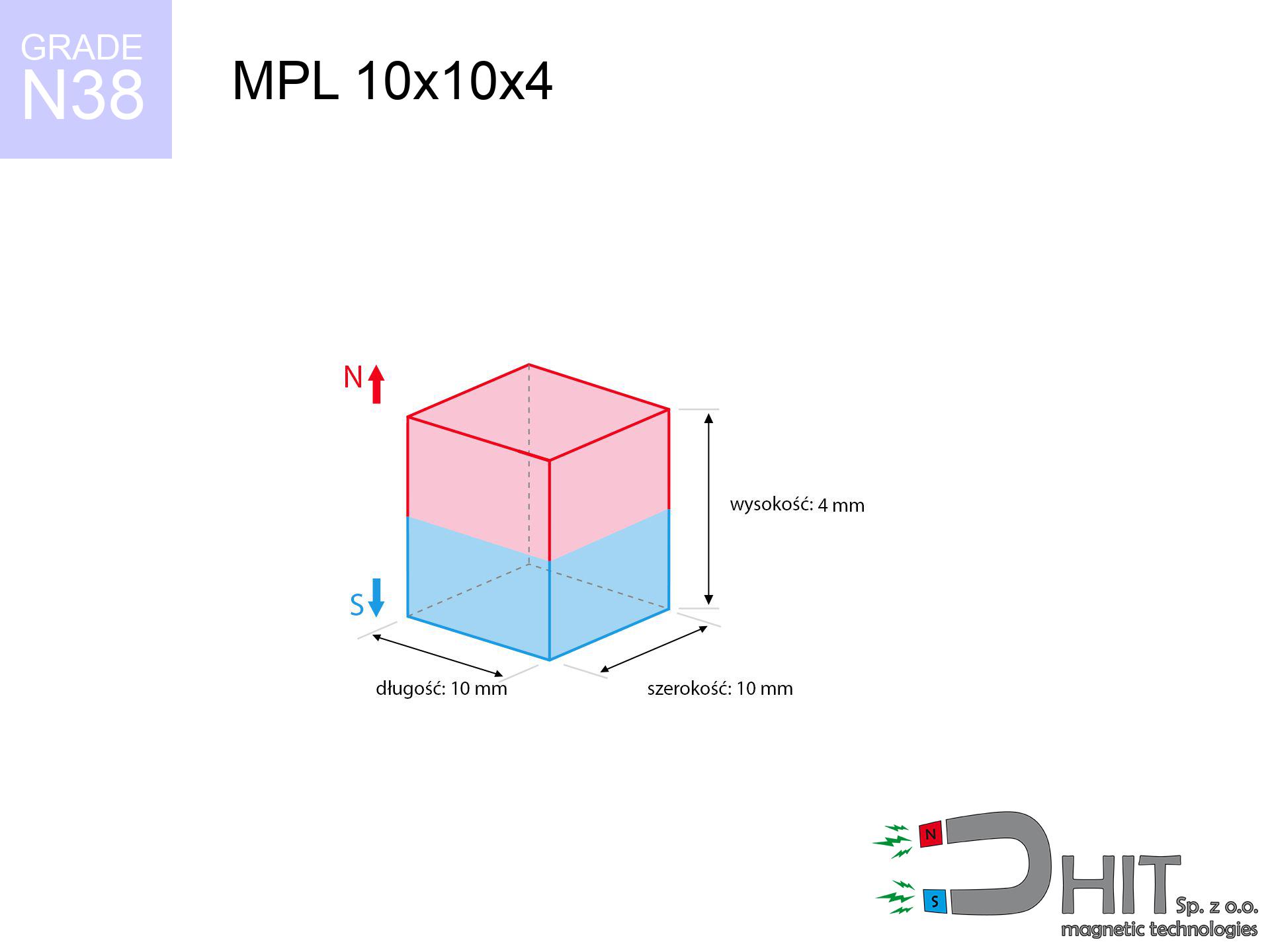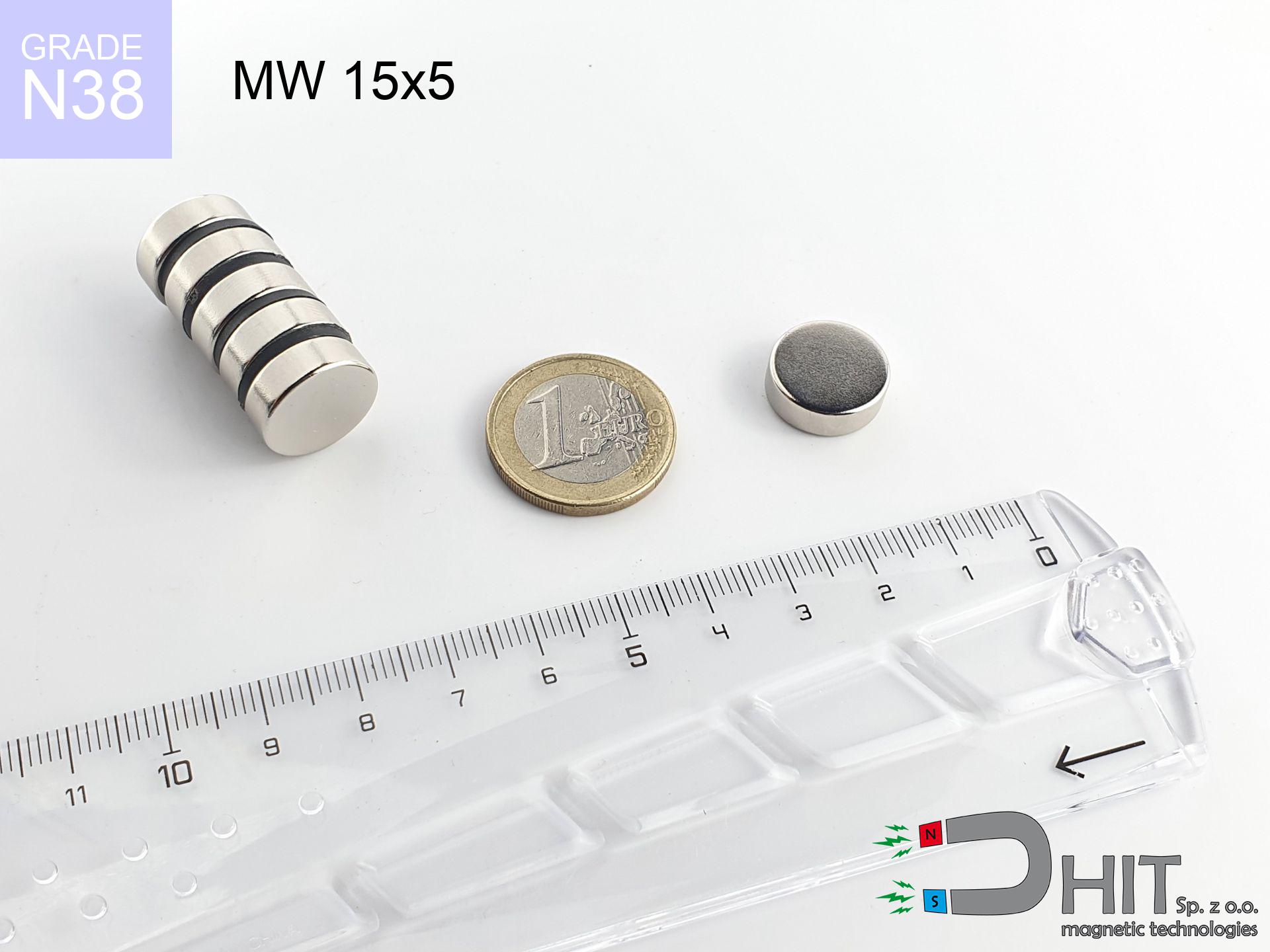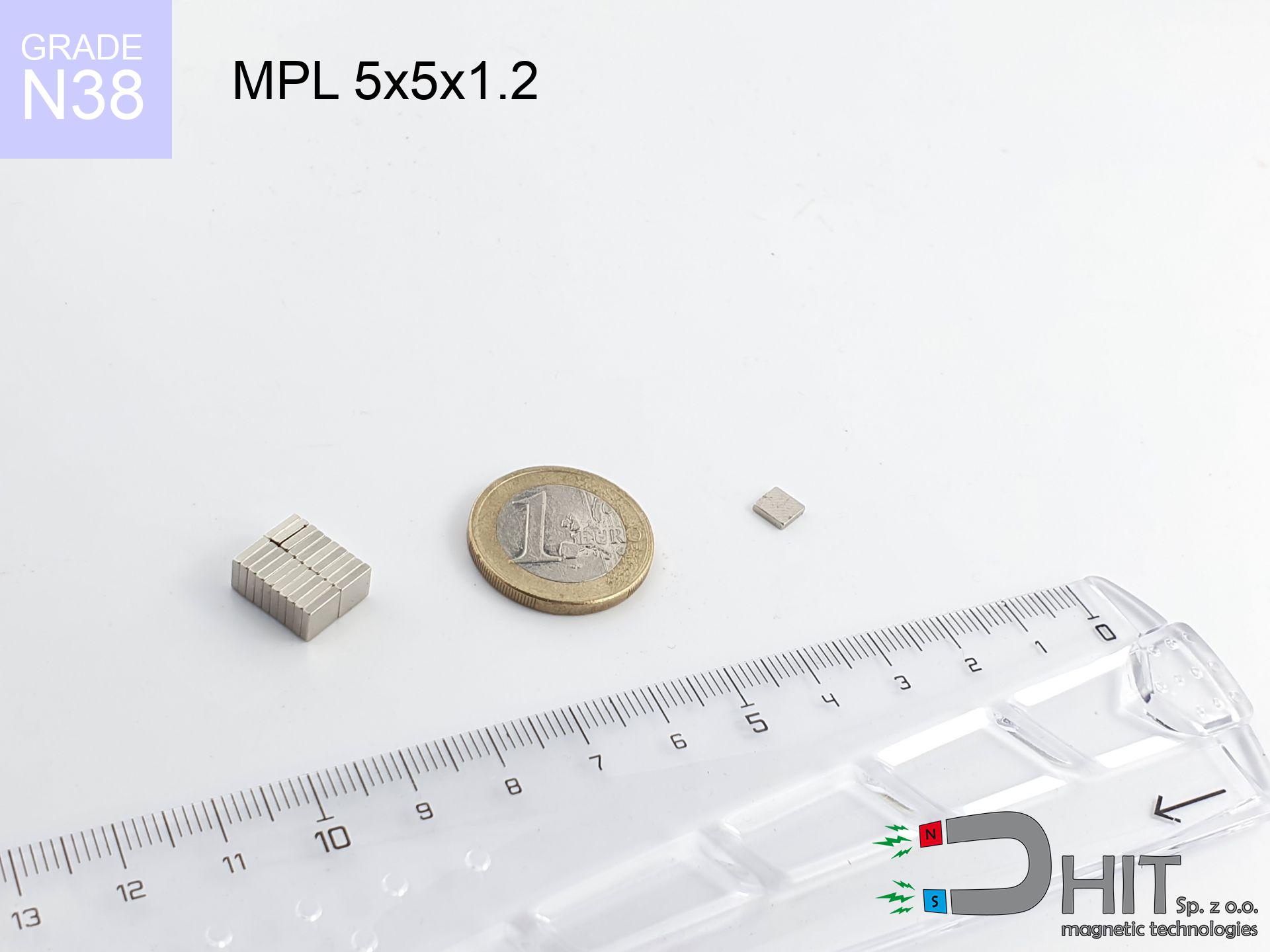MPL 10x10x4 / N38 - lamellar magnet
lamellar magnet
Catalog no 020112
GTIN: 5906301811183
length [±0,1 mm]
10 mm
Width [±0,1 mm]
10 mm
Height [±0,1 mm]
4 mm
Weight
3 g
Magnetization Direction
↑ axial
Load capacity
3.16 kg / 30.99 N
Magnetic Induction
360.85 mT
Coating
[NiCuNi] nickel
1.538 ZŁ with VAT / pcs + price for transport
1.250 ZŁ net + 23% VAT / pcs
1.000 ZŁ net was the lowest price in the last 30 days
bulk discounts:
Need more?Can't decide what to choose?
Contact us by phone
+48 22 499 98 98
alternatively contact us using
contact form
the contact page.
Force as well as structure of magnetic components can be reviewed using our
modular calculator.
Same-day shipping for orders placed before 14:00.
Magnetic properties of material N38
Physical properties of sintered neodymium magnets Nd2Fe14B at 20°C
Shopping tips
Strengths as well as weaknesses of NdFeB magnets.
In addition to their magnetic capacity, neodymium magnets provide the following advantages:
- They retain attractive force for nearly ten years – the drop is just ~1% (according to analyses),
- They maintain their magnetic properties even under close interference source,
- A magnet with a shiny gold surface looks better,
- Magnets are distinguished by very high magnetic induction on the active area,
- Thanks to resistance to high temperature, they are capable of working (depending on the form) even at temperatures up to 230°C and higher...
- Thanks to versatility in forming and the capacity to modify to specific needs,
- Huge importance in advanced technology sectors – they find application in computer drives, electric drive systems, advanced medical instruments, as well as modern systems.
- Relatively small size with high pulling force – neodymium magnets offer strong magnetic field in compact dimensions, which makes them useful in compact constructions
Problematic aspects of neodymium magnets and proposals for their use:
- They are prone to damage upon too strong impacts. To avoid cracks, it is worth securing magnets using a steel holder. Such protection not only protects the magnet but also improves its resistance to damage
- Neodymium magnets lose their force under the influence of heating. As soon as 80°C is exceeded, many of them start losing their force. Therefore, we recommend our special magnets marked [AH], which maintain durability even at temperatures up to 230°C
- They oxidize in a humid environment - during use outdoors we suggest using waterproof magnets e.g. in rubber, plastic
- Due to limitations in creating threads and complicated shapes in magnets, we propose using cover - magnetic mechanism.
- Potential hazard related to microscopic parts of magnets can be dangerous, when accidentally swallowed, which is particularly important in the context of child safety. It is also worth noting that tiny parts of these magnets can disrupt the diagnostic process medical in case of swallowing.
- Due to neodymium price, their price exceeds standard values,
Highest magnetic holding force – what contributes to it?
Information about lifting capacity was defined for the most favorable conditions, assuming:
- on a plate made of mild steel, optimally conducting the magnetic field
- whose transverse dimension reaches at least 10 mm
- characterized by lack of roughness
- without the slightest clearance between the magnet and steel
- for force acting at a right angle (pull-off, not shear)
- at ambient temperature approx. 20 degrees Celsius
Practical lifting capacity: influencing factors
In practice, the actual holding force is determined by a number of factors, listed from crucial:
- Air gap (betwixt the magnet and the plate), because even a very small clearance (e.g. 0.5 mm) can cause a reduction in lifting capacity by up to 50% (this also applies to paint, rust or dirt).
- Force direction – declared lifting capacity refers to pulling vertically. When attempting to slide, the magnet exhibits significantly lower power (often approx. 20-30% of maximum force).
- Metal thickness – thin material does not allow full use of the magnet. Part of the magnetic field passes through the material instead of converting into lifting capacity.
- Steel grade – the best choice is pure iron steel. Stainless steels may generate lower lifting capacity.
- Surface finish – ideal contact is possible only on smooth steel. Rough texture reduce the real contact area, weakening the magnet.
- Heat – NdFeB sinters have a sensitivity to temperature. At higher temperatures they are weaker, and in frost they can be stronger (up to a certain limit).
* Lifting capacity testing was performed on a smooth plate of optimal thickness, under a perpendicular pulling force, whereas under attempts to slide the magnet the lifting capacity is smaller. Additionally, even a minimal clearance {between} the magnet’s surface and the plate decreases the holding force.
Warnings
Medical implants
For implant holders: Strong magnetic fields affect electronics. Keep at least 30 cm distance or ask another person to handle the magnets.
Avoid contact if allergic
Medical facts indicate that nickel (the usual finish) is a common allergen. If you have an allergy, refrain from touching magnets with bare hands and choose versions in plastic housing.
Physical harm
Risk of injury: The pulling power is so immense that it can cause hematomas, pinching, and even bone fractures. Use thick gloves.
Impact on smartphones
GPS units and smartphones are extremely susceptible to magnetism. Close proximity with a strong magnet can decalibrate the sensors in your phone.
Power loss in heat
Monitor thermal conditions. Exposing the magnet above 80 degrees Celsius will destroy its magnetic structure and pulling force.
Material brittleness
Despite metallic appearance, neodymium is delicate and not impact-resistant. Avoid impacts, as the magnet may shatter into hazardous fragments.
Protect data
Very strong magnetic fields can destroy records on payment cards, HDDs, and storage devices. Keep a distance of min. 10 cm.
Do not give to children
Absolutely store magnets away from children. Ingestion danger is high, and the effects of magnets connecting inside the body are fatal.
Safe operation
Use magnets with awareness. Their huge power can shock even professionals. Be vigilant and do not underestimate their power.
Combustion hazard
Powder generated during cutting of magnets is combustible. Avoid drilling into magnets unless you are an expert.
Caution!
Want to know more? Read our article: Why are neodymium magnets dangerous?









